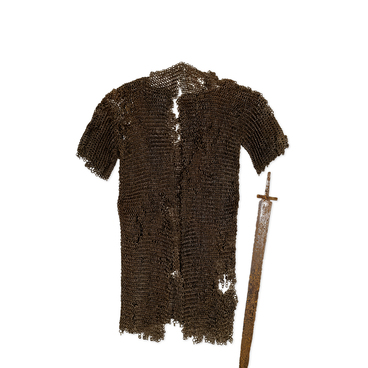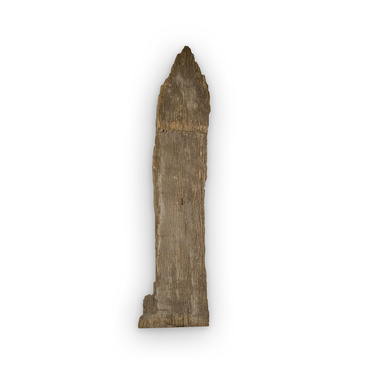The Slavic people were primarily agriculturalists. Their storage facilities in the Don region consisted of wooden log structures, which had rectangular pits inside. The depth of these pits reached approximately one and a half meters, and the walls were lined with clay and fired. The floor was made of wooden blocks. The owner could access the pit by walking down the steps. The storage area measured approximately two square meters.
It is thought that grain could also have been stored in bell-shaped pits in this region. At the very least, there were such structures in neighboring areas inhabited by other Slavic peoples. The size of these pits was significant, and they could hold several tons of grain. For the Don Slavs, however, the pits were smaller, and no grain remnants were found in any of them.
To cultivate the land, the Slavs used plows. Although they inhabited forest-steppe areas, the Slavs living along the Voronezh River were still required to engage in forest clearing in order to create arable land for agriculture. Wood was harvested for the construction of houses, outbuildings, and fortifications for settlements, as well as for fuel.
In the early years following the clearing and the burning of roots, these sites yielded a good harvest. However, after the soil became depleted, it was no longer productive. The land was then abandoned, and over time, trees grew there again. Sickles and hand scythes were used to harvest crops.
The processing of grain and its milling into flour were carried out using stone grain grinders and millstones. Raw materials were poured onto the larger lower stone of the grinder. Then a “grater” that fit comfortably in the hand was used. Processed grain was needed for making porridge or bread. Stone millstones, weighing up to 30 kilograms each, were used for producing higher-quality and larger volumes of flour.
Most fragments of millstones found on Slavic sites were located outside buildings. Only at the Bolshoye Borshchyovskoye settlement were millstones found within a structure identified as a mill. Such finds are rare.
Charred grains from the collection of the Voronezh Regional Museum of Local Lore were discovered during excavations of the cultural layer. These grains were preserved precisely because of charring. Researchers dated them to between the 9th and 10th centuries.


